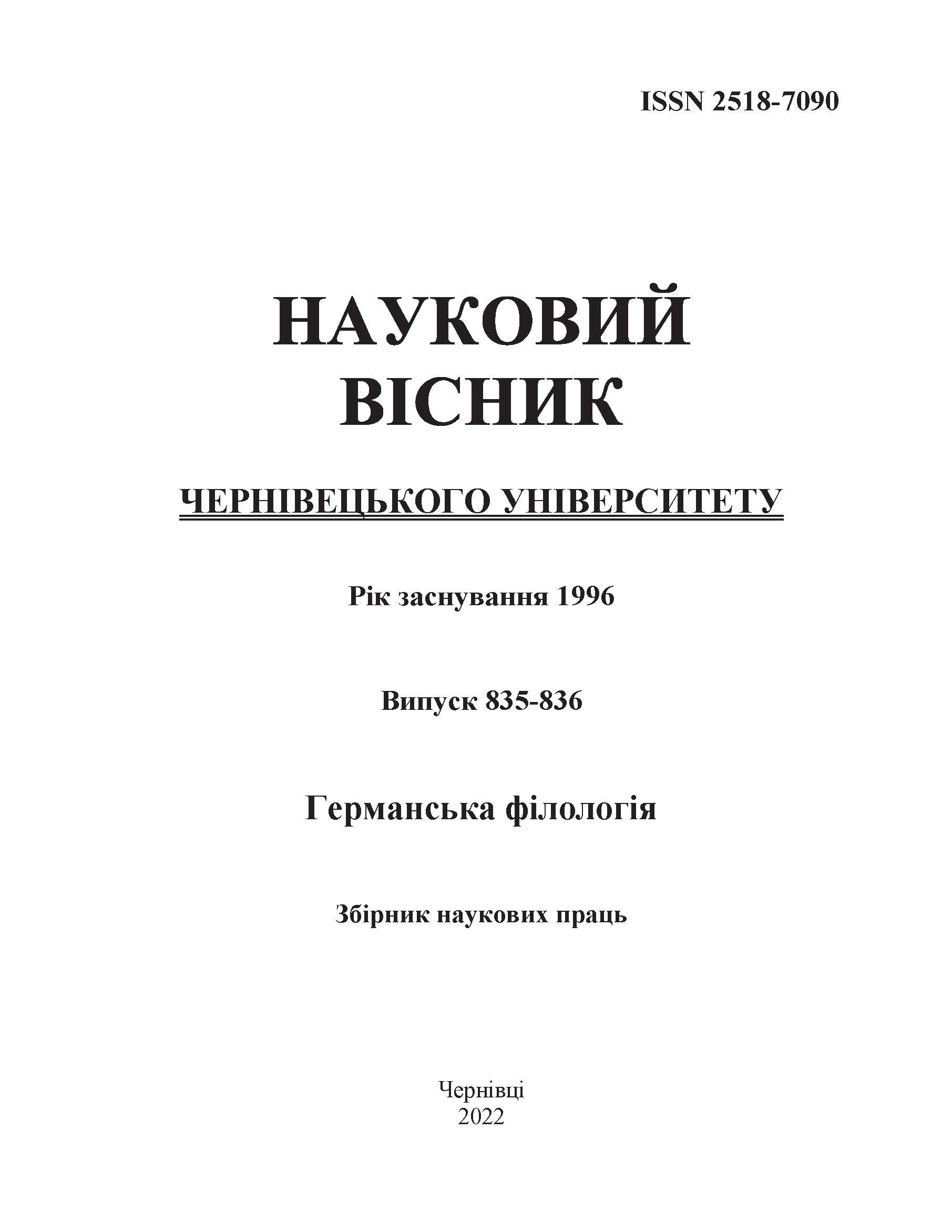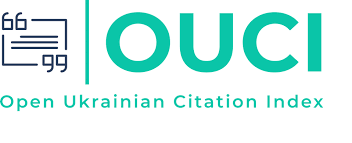ОСОБЛИВОСТІ ПЕРЕКЛАДУ ПОЕЗІЇ ПАУЛЯ ЦЕЛАНА УКРАЇНСЬКОЮ МОВОЮ
DOI:
https://doi.org/10.31861/gph2022.835-836.10-24Ключові слова:
перекладознавство, художній переклад, переклад поезії, Пауль Целан, авторський перекладацький стильАнотація
Переклад поезії як один з найскладніших різновидів художнього перекладу, творчий процес, що дозволяє створити якісно нову частину власного літературного простору, наразі є привабливим тлом творчості та об’єктом перекладознавчих наукових розвідок. Насамперед увагу науковців привертають способи збереження естетичного впливу, передачі особливостей художньої мови письменника і національного колориту, що є результатом взаємодії фонетичних, стилістичних, лексичних та синтаксичних художніх засобів. Відтак важливим елементом аналізу стає виявлення специфіки авторського перекладу на фонетичному, морфологічному, лексичному, синтаксичному, текстовому рівнях. Саме таку мету – визначити специфіку україномовних перекладів поезій видатного німецькомовного митця Пауля Целана, виконаних С. Жаданом, П. Рихлом та М. Фішбейном, а саме специфіку передачі оригіналу різнорівневими мовними засобами, що свідчать, окрім іншого, й про особливості авторського перекладацького стилю, має ця стаття. Для досягнення мети встановлено завдання – з’ясувати теоретико-методологічне підґрунтя досліджуваної проблематики, здійснити аналіз перекладів на всіх мовних рівнях, визначити особливості індивідуального стилю перекладачів, які виконуються шляхом застосування порівняльно-перекладацького, лінгвостилістичного та контекстуального аналізу.
Такий підхід дозволив висновкувати, що: а) перекладачі активно використали засоби транслітерації, транскрипції, адаптивного транскодування; за допомогою асонансу та алітерації їм вдалося передати зміст, зберігши милозвучність; б) спостерігалася зміна числа іменників та застосування зменшено-пестливих суфіксів, які адекватно передають зміст оригіналу; в) переклад безеквівалентної лексики – авторських неологізмів здійснювався в основному шляхом калькування або лексико-семантичної заміни; метафори перекладачі зазвичай відтворювали; частотним є використання лексико-семантичних прийомів дисперсії, додавання, заміни; конструкції, невластиві для української мови, перекладачі долали адаптуванням, уникаючи граматичної інтерференції; складні речення передавались, як правило, безсполучниковими реченнями задля збереження мелодійності; г) перекладачі зберегли комунікативні функції, наявні в оригіналі. Зафіксовані персональні авторські особливості при перекладі, відомі як індивідуальний стиль перекладача: П. Рихло зазвичай вдається до вільного (а не буквального) перекладу, часто застосовуючи різного роду перекладацькі прийоми (додавання, підсилюючи конотацію описуваних образів, лексико-семантичної заміни); С. Жадан часто користується вилученням, щоб не переобтяжувати текст перекладу, дисперсією, зберігає «золоту середину» між дослівним та вільним перекладом; М. Фішбейн надає перевагу дослівному перекладу, через те його переклад не є надто милозвучним, часто застосовує калькування або ж часткову лексико- семантичну заміну.







